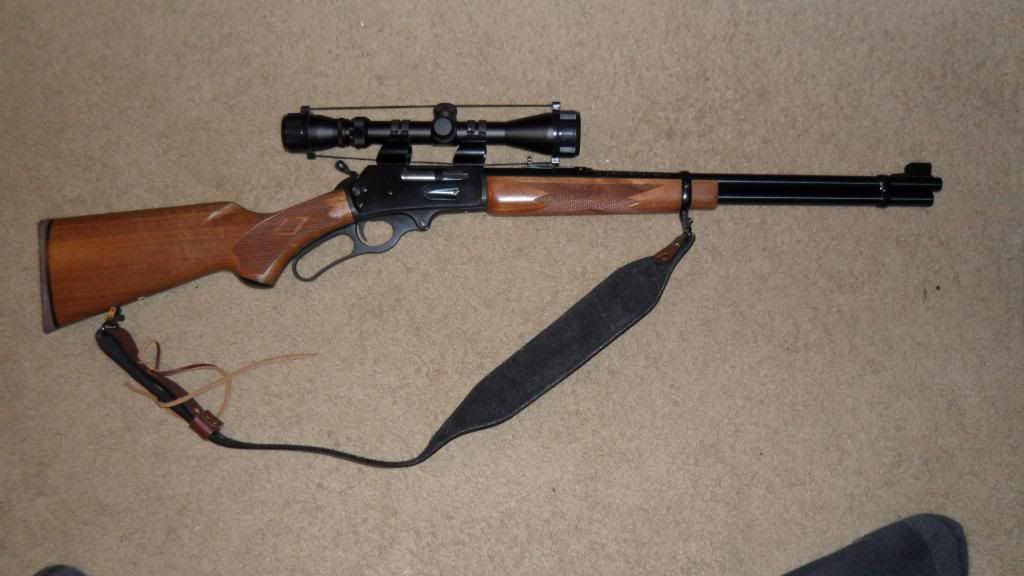hopeisnotastrategy
New member
I am buying my first hunting rifle and I am needing education on the choice of stock.
I've read threads that mentioned advantages and disadvantages of both.
Here are my questions:
1. What impact does the type of stock have on recoil?
2. What impact does the type of stock have on accuracy?
3. Are there durability/longevity issues with wood? i.e. Will wood warp or distort over time?
4. My research has lead me to eliminate laminate and injection molded stocks as an option. Is that a mistake?
I am not interested in discussions about aesthetics. To me that is a secondary issue and I actually like the looks of different rifles with both kinds of stocks, so please limit feedback to the more technical merits of each option.
Thanks in advance!!!
I've read threads that mentioned advantages and disadvantages of both.
Here are my questions:
1. What impact does the type of stock have on recoil?
2. What impact does the type of stock have on accuracy?
3. Are there durability/longevity issues with wood? i.e. Will wood warp or distort over time?
4. My research has lead me to eliminate laminate and injection molded stocks as an option. Is that a mistake?
I am not interested in discussions about aesthetics. To me that is a secondary issue and I actually like the looks of different rifles with both kinds of stocks, so please limit feedback to the more technical merits of each option.
Thanks in advance!!!



